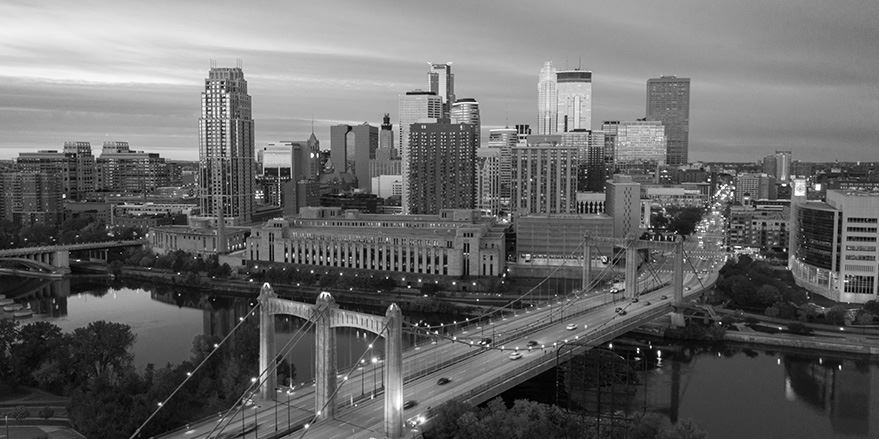In Minnesota, there are four degrees of charges for driving while impaired (DWI). First degree DWI is a felony, and can result in up to seven years in jail and a $14,000 fine, while fourth degree DWI is a misdemeanor, with punishments of up to 90 days in jail and a $1,000 fine. Second degree and third degree charges are both gross misdemeanors, leading to up to a year in jail and a $3,000 fine.
Your DWI charge will depend upon a variety of factors, including your blood-alcohol content at the time of arrest, the age of the passengers in your car, whether or not you refused a breathalyzer test, and whether or not you have a prior felony DWI or qualified impaired driving incident on your record.
What Is a Qualified Prior Impaired Driving Incident?
Minnesota Statue 1069A.03 defines qualified prior impaired driving incidents, which include but are not limited to the following:
- A prior conviction of DWI, driving a school bus or Head Start bus while under the influence of alcohol, or operating an aircraft while under the influence of alcohol or a controlled substance.
- A prior conviction of criminal vehicular homicide and injury related to substance use.
- A prior conviction of driving a snowmobile or all-terrain vehicle under the influence of alcohol.
This includes such acts committed by an underage individual that would have counted as prior impaired driving convictions if they had been committed by an adult.
Do Impaired Driving Losses of License and Impaired Driving Convictions Count as Separate Incidents?
Minnesota Statute 169A.09 is clear about this:
“Prior impaired driving convictions and prior impaired driving-related losses of license must arise out of a separate course of conduct to be considered as multiple qualified prior impaired driving incidents under this chapter. When a person has a prior impaired driving conviction and a prior impaired driving-related loss of license based on the same course of conduct, either the conviction or the loss of license may be considered a qualified prior impaired driving incident, but not both.”
In other words, if you lost your license and were convicted of DWI as a result of one arrest, this would count as one qualified prior impaired driving incident. If you lost your license for your first offense, then committed a second offense where you were convicted of DWI and lost your license, this would be two qualified prior impaired driving incidents.
What Is the Impact of a Prior Impaired Driving Incident?
A prior DWI conviction counts as an aggravating factor if you are arrested for a subsequent offense. With one aggravating factor, you’re probably facing a third degree DWI charge, at the minimum. Two aggravating factors will bump that to a second degree charge.
If you have three or more prior impaired driving incidents on your record within the last ten years, you will be charged with first degree DWI, a felony.
What to Do Now
Even if you have committed an offense, you have the right to representation. We carefully examine the specifics of your case, and will work toward your best possible outcome, which could include a lesser charge or more lenient punishments. This could make a difference of years of jail time and thousands of dollars.
If you have been arrested for DWI, you need an experienced St. Paul DWI lawyer on your side to prevent as much damage as possible to you, your family, and your life. With compassionate guidance and complete understanding of the law, the team at Rogosheske, Rogosheske & Atkins will help you through the challenges of facing a DWI charge. Contact us today for a free consultation, or call (651) 413-9004 to discuss the details of your case with one of our attorneys at our St. Paul office.
